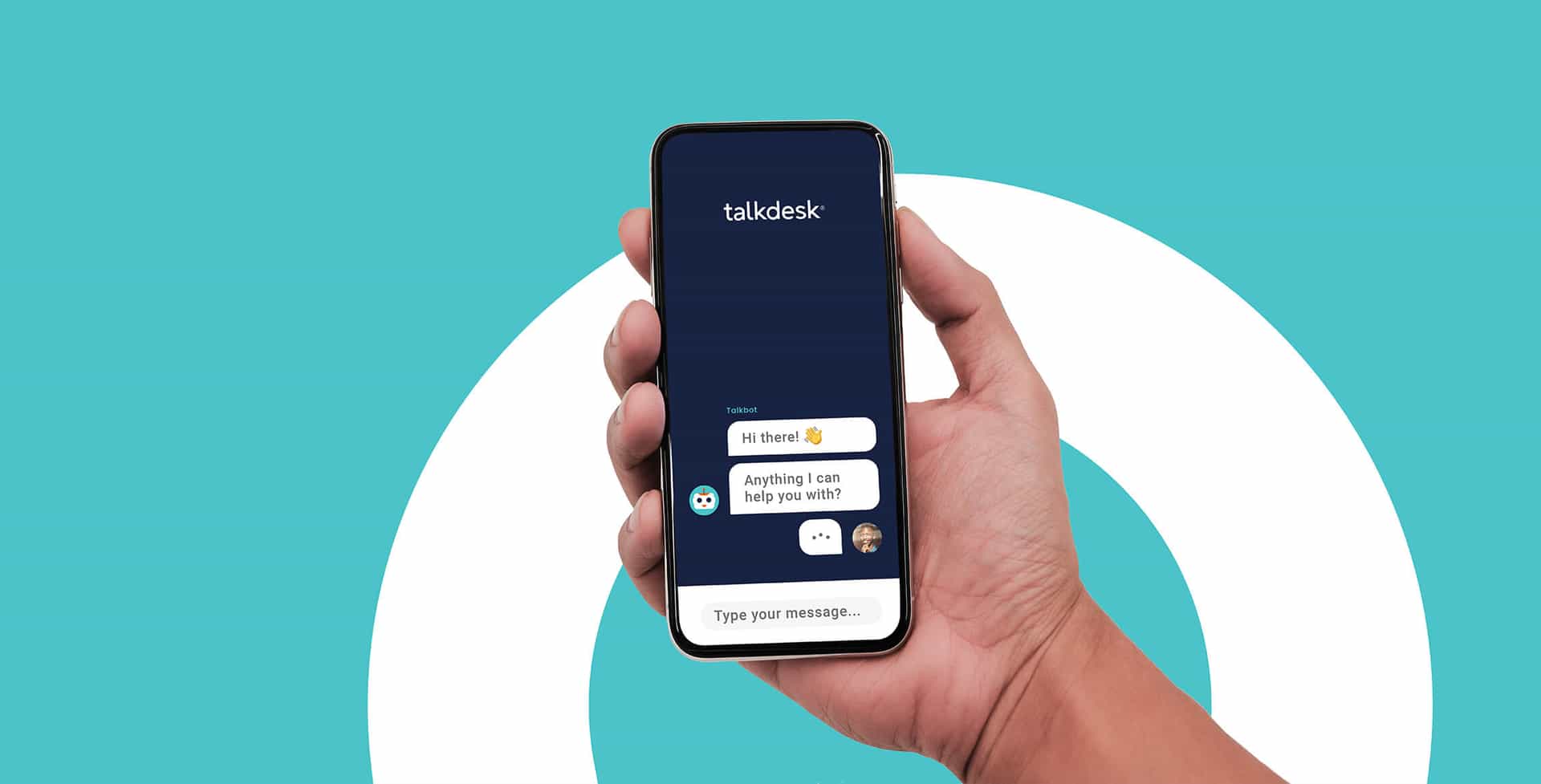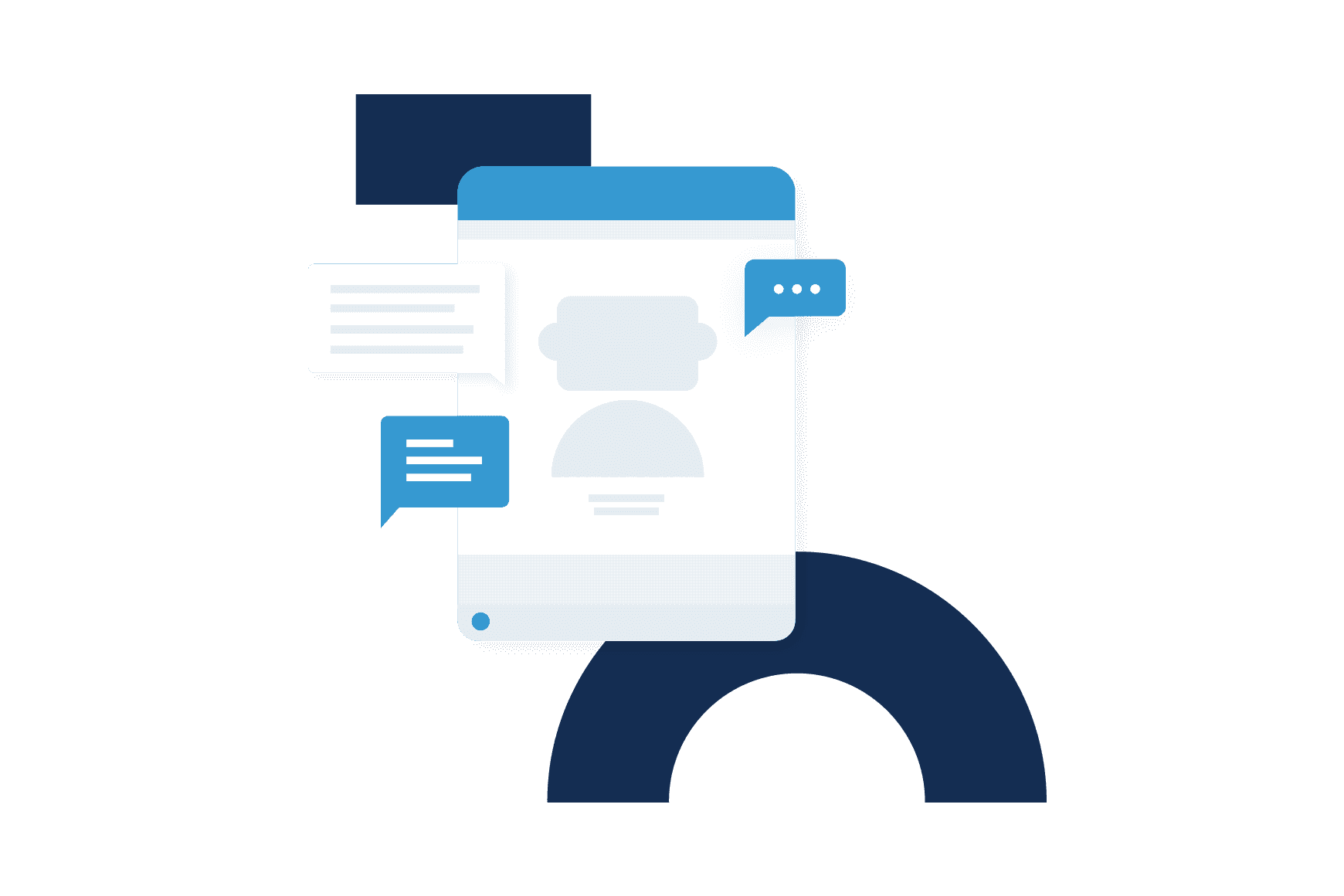Are You Really Ready for Chatbots in Your Contact Center? Part II

By Christina Gates
0 min read

Ensure the Bot Is a Reflection of Your Brand
Most will agree that chatbots should not be used at the expense of a delightful user experience. Instead, interacting with a bot should be seamless (it understands who the customer is and their intent), efficient (it’s faster to engage with a bot than it would be to call or chat live with an agent), and accurate (it’s smart enough to respond appropriately, and it doesn’t frequently run into loops or dead ends).

Because most bots aren’t truly “intelligent” yet, they still rely heavily on keywords and decision trees. Therefore, your designers play an important role in defining how each conversation is scripted and the resulting bot behaviors. The administrative interface makes a difference: lean on a tool with a visual flow designer that represents your chatbot conversation structure in clean, simple diagrams that are easy to build and interpret. It’s also preferable to leverage a tool that can publish a single chatbot flow across multiple messaging channels — this creates a consistent consumer experience while reducing the effort required to maintain it.

Even the most brilliant designers using the very best visual tools would be hard-pressed to define every keyword possibility for a particular flow. That’s why using a chatbot built on Natural Language Processing (NLP) is critical. This platform helps your bot be — well — a better bot. NLP-powered bots have a rich vocabulary and are more conversational, as they can relate groups of words rather than keying off of only a specific set of words. System integrations also play an important role in context; they can amass customer data from many different touchpoints and piece it together for a holistic understanding. Consider this example:

Siri understood that when I asked if it was going to rain, I was making an inquiry about the weather. She also understood that “this weekend” meant the nearest Saturday and Sunday. Furthermore, even though I was not located in Durham at the time I posed this question, Siri was able to extrapolate that I was referring to Durham, North Carolina as opposed to Durham, England — likely based on my historical search data. She was able to compile all this context and serve up accurate, relevant info. She even went the extra mile in processing the forecasted 20-30% chance of rain and interpreted it in her response as “a slight chance it’ll rain.” Impressive!
Chatbots are perfect for routine, mundane requests, but a human touch is always going to be better for complex problems and empathy. Make sure your bot recognizes when to hand off a customer to an agent if it doesn’t know the answer or if it senses a sentiment shift. Then, pass the context to the agent, so they can pick up exactly where the bot left off. A clear human escalation path will ensure your customers aren’t left frustrated or without resolution.
Set measurable goals
Just like with your IVR, tracking the right metrics can help you uncover areas for improvement. We recommend looking at these for a start.
Active Users
This metric will help you understand adoption of your chatbot and the success of its placement (eg, Facebook Messenger vs. WhatsApp vs. a specific page on your website).
Messages Per Conversation
There’s no black-and-white answer for this one, as some use cases will simply take more back-and-forth to solve than others. But, establishing a target up-front and monitoring it after will help you ascertain whether the bot is delivering a quick time-to-value for the customer.
Fallback Rate
Does the bot default to, “I’m sorry. I don’t know the answer to that” too often? Dig into the message history to identify areas where you can strengthen the bot’s understanding and/or ability to address a customer’s need.
Rate of Transfer to an Agent
This metric is an indicator of how often a bot escalates a conversation to a live agent. On one hand, it can be a success measure of the bot’s ability to hand off to an agent when necessary; on the other hand, it’s yet another opportunity to investigate where a bot might be extended to handle additional use cases.
Of course, chatbot metrics are just one piece of a larger puzzle when it comes to analytics insights. For more help on what and how to measure, check out our on-demand webinar on contact center metrics.
There are a variety of technical, conversational, and business uses cases to consider in order to put your best foot — er, bot — forward. Learn more about the different types of chatbots available, the pros and cons of each, and how to build a bot roadmap that will best serve your business in our Conversational Automation ebook.

Conversational Automation
To help provide clarity on the types of chatbots and how they can best serve businesses








